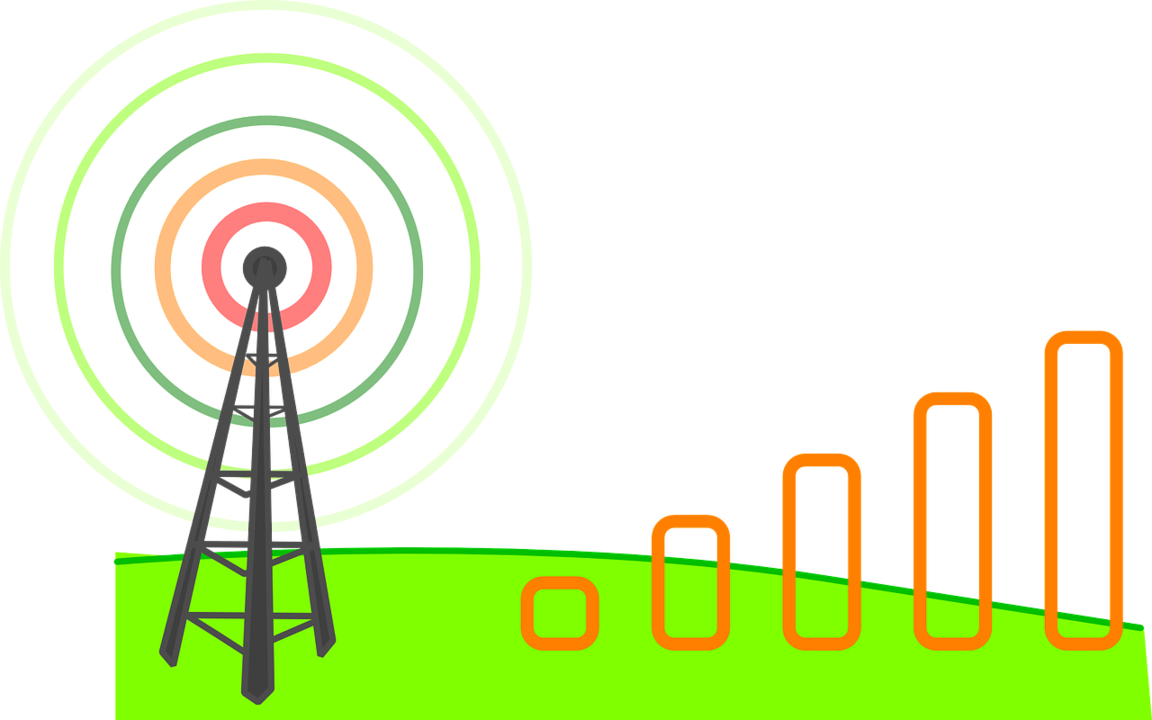The City of Pacific Grove, California recently voted to allow the installation of a wireless cell phone tower behind a local high school. The city council voted 5-2 in favor of allowing the new wireless facility to be constructed. The approval comes after months of deliberation between city council members, local residents, carriers, and other key parties.
The process reveals how broader policies created by the Federal Communications Commission (FCC) are unfolding at the ground level as cities are implementing 5G wireless small cell technology. In particular, the wireless installation in Pacific Grove highlights how important the discourse between carriers and local residents is for the future of 5G wireless implementation in cities across the U.S.

Key Issues Addressed in the Pacific Grove Wireless Installation Process
Pacific Grove residents expressed some concerns regarding the location and installation of the wireless cell tower. Some of the issues and concerns that were raised during city council meetings included:
- Whether the cell phone tower will result in a decrease in property values
- Aesthetic concerns about the equipment’s appearance
- Various environmental considerations, including impacts on wildlife and fire risks
- Whether multiple carriers can locate their cell facilities at the tower site
- Perceived dangers of radio frequency waves in general
Other concerns included overall access to city council meetings, as well as limitations and implications regarding cell phone data privacy.
Wireless Carriers Respond
In response to the concerns raised by Pacific Grove residents, wireless carrier representatives emphasized a number of points in support of the wireless installation. Some of the key points raised included:
- The cell tower will satisfy growing demands for wireless service
- The installation will be able to support more data-heavy content
- Surrounding areas will have stronger service levels and more complete coverage
- The new facility will help alleviate strain from carrier systems
- According to the FCC, emissions measurements made near wireless tower installations are hundreds to thousands of times less than government limits for exposure safety
- Under section 253 of the Telecommunications Act, local cities cannot prohibit installations of wireless facilities on utility poles that are placed in the public right of way
This last point is extremely pertinent, as it provides a statutory basis for analyzing wireless installation issues. In addition, cities cannot deny wireless utility poles based solely on health concerns. Basically, the only way cities or states can deny placements of wireless service facilities is if there is “substantial evidence” that violations of FCC standards occurred.
Ultimately, the Pacific Grove city council decided that this was not the case in this particular situation, and voted in favor of allowing the proposed installation.
Wireless Installation Developments in Monterey
In contrast, the nearby City of Monterey recently voted to deny the installation of a small cell tower facility in a local neighborhood. Unlike the situation in Pacific Grove, the Monterey city council determined that the cell tower would in fact be placed in a high risk fire area, and voted to reject the proposed site based on that rationale.
Additionally, Monterey has adopted a new wireless ordinance which will help shorten the process by which city councils review wireless installation applications. Previously, cities had 150 days to make such approvals; Monterey’s new ordinance speeds up this process, in conformity with FCC policy updates regarding such time frames.
Cell companies believe that the shorter time frames can help streamline the process for the development of future 5G wireless cells, and can help ensure that U.S. markets will not fall behind other countries in their development of small cell networks.
In addition, the installation of 5G small cell wireless technology, can help provide other benefits for communities, including increased accuracy of emergency alert geotargeting for text messages.
Pacific Grove is currently in the process of developing its own similar ordinance for wireless facility applications. The steps taken by Pacific Grove and Monterey demonstrate the delicate balancing act that must occur when implementing wireless technology. Decision-makers must balance the interests of the general public, which is demanding the fastest and most advanced wireless service, with the interests of individuals in close proximity to such installations.
About the Author, Alan Hearty
Alan D. Hearty is a partner in Allen Matkins' Century City office and leads the firm's Telecommunications Infrastructure Group. Alan's practice focuses on real estate litigation and complex commercial litigation.


 Alan D. Hearty
Alan D. Hearty